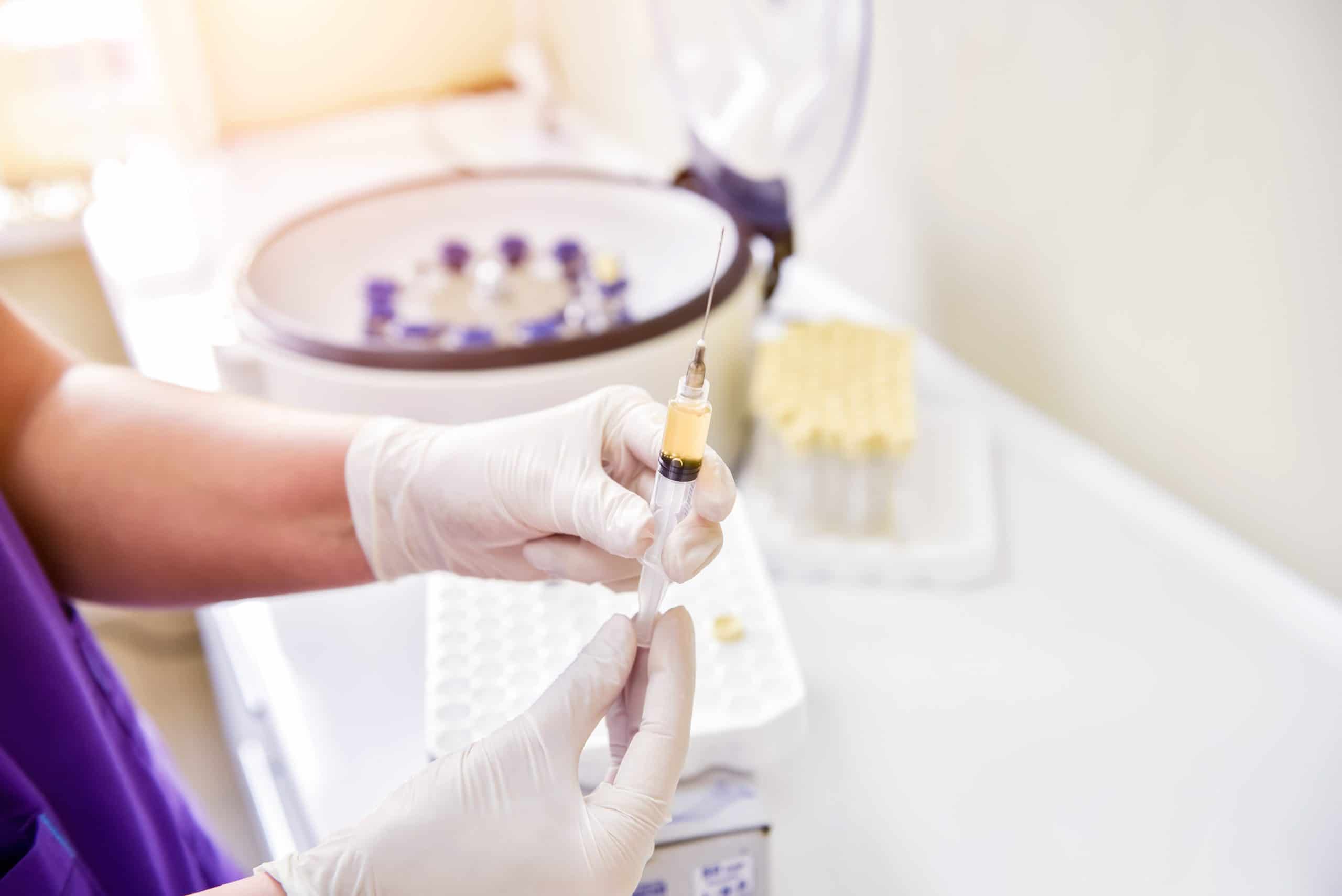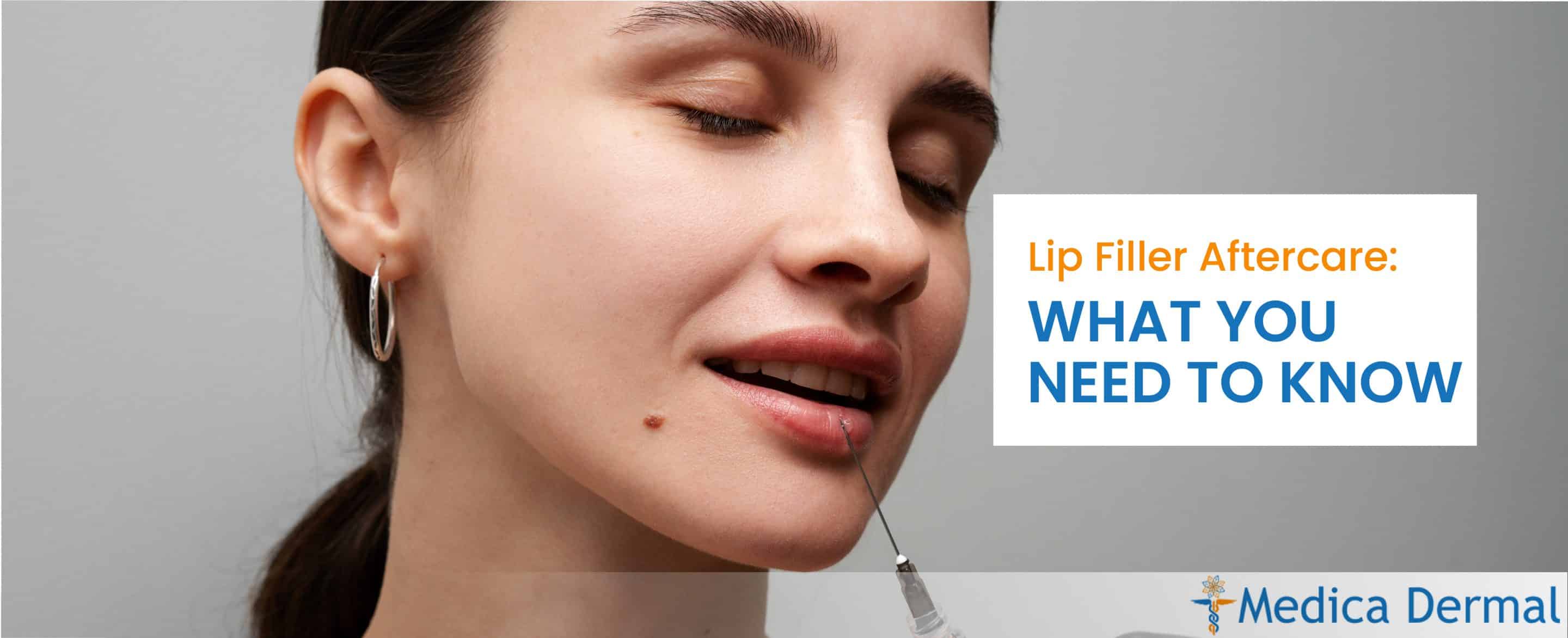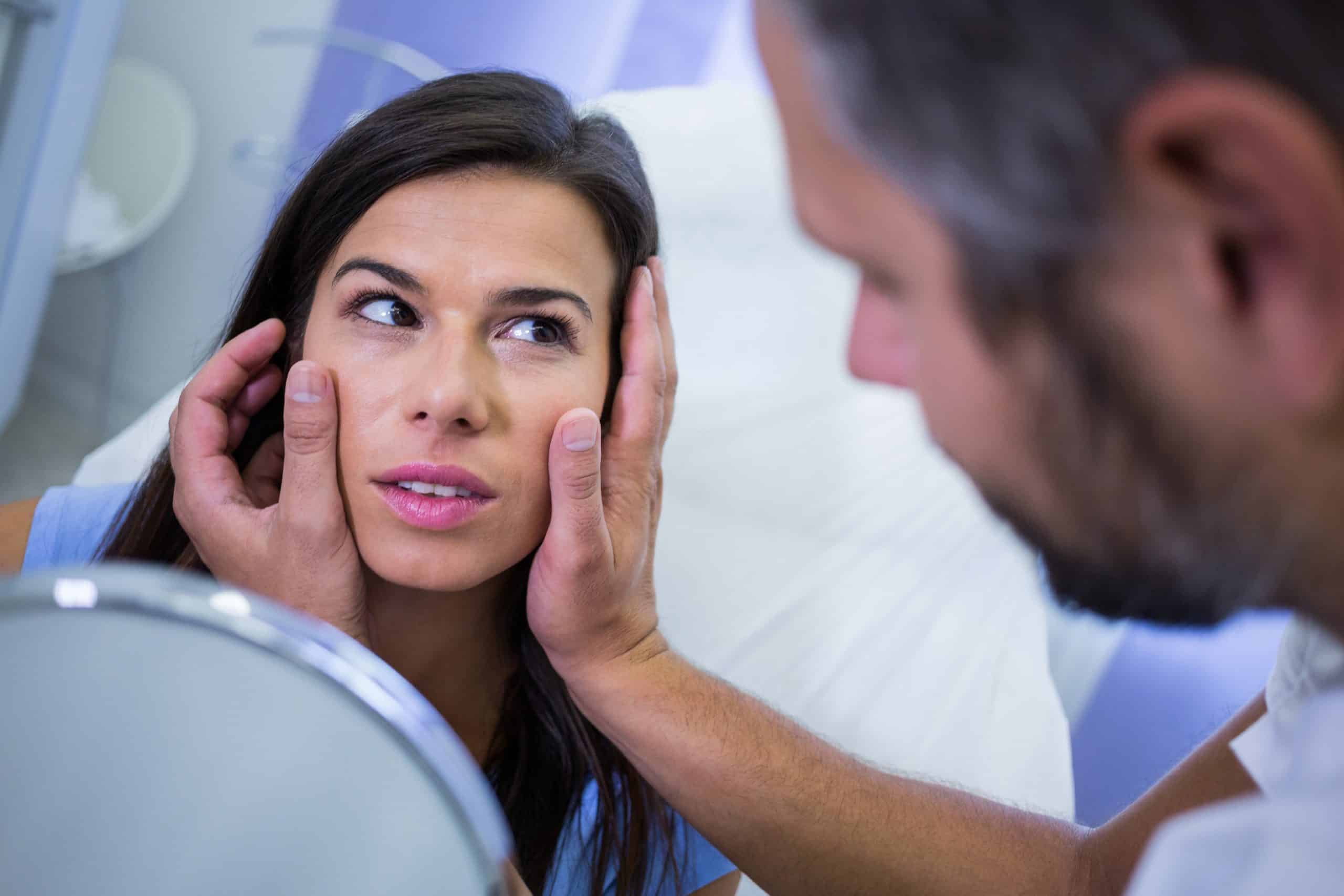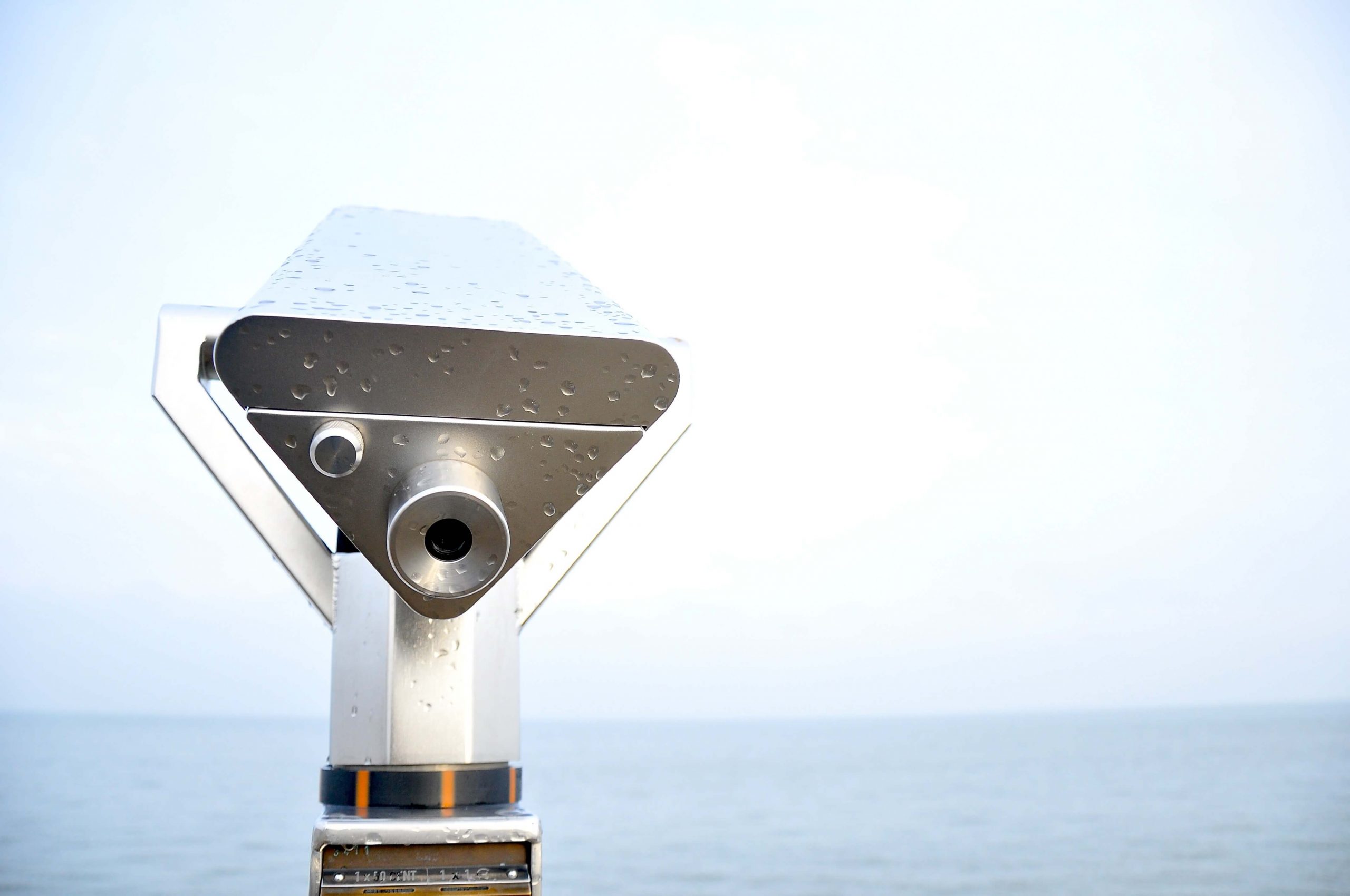
PRP for Facial Wrinkles
PRP (Platelet Rich Plasma) has gained considerable popularity recently. However, it has been safely used for decades in orthopedics and dentistry to help heal the body. PRP is a well-tolerated and effective procedure used to help treat a variety of dermatologic conditions, including wrinkles.
What is PRP?
PRP (Platelet Rich Plasma) uses the patient’s own platelets to repair and rejuvenate the body. Platelets contain important growth factors, which can stimulate your body to produce certain building blocks, such as collagen and elastin. These growth factors include FGF (fibroblast growth factor), EGF (epidermal growth factor), and VEGF (vascular endothelial growth factor).
Plasmolifting PRP gel and centrifuge will help you harvest a high concentration of platelets.
What conditions can PRP treat?
PRP can be used to help treat a variety of dermatologic conditions, such as hair loss and thinning, healing skin ulcers and burns, acne, and facial wrinkles. It can treat hair loss resulting from a variety of sources, such as normal hair loss associated with aging (androgenic alopecia), as well as autoimmune mediated hair loss (alopecia areata), where your body attacks its own hair follicles. Often, PRP is used in combination with other treatments to hasten results.
Why do wrinkles form?
Wrinkles appear due to the normal aging process caused by a pre-programmed decrease in collagen and elastin production. We lose 1% of our collagen every year starting in our 30’s. UV radiation from the sun, pollution and bad habits (smoking and alcohol) can accelerate this loss of collagen and elastin. Collagen is a protein found not only in the skin but also in bones and muscles. It acts as a scaffolding to provide the skin structure and turgor/ plumpness as well as tensile strength. Without collagen to give the skin stability, wrinkles will form. Elastin affords the skin the ability to stretch and return to its normal shape as needed. Without elastin, which gives the skin its elasticity, skin will start to sag and droop. Wrinkled and sagging skin are the hallmark of skin aging.
How does PRP improve wrinkles?
The platelets in PRP contain a variety of growth factors, some of which increase fibroblast production. Fibroblasts produce collagen and elastin. Since PRP increases fibroblasts, this in turn increases collagen and elastin production. This increased production will lead to increased skin thickness, improved texture of the skin, decreased pore size and improved appearance of wrinkles. PRP can also lessen the appearance of dark circles and redness around the eye area in particular.
How is PRP performed?
PRP is collected from a patient by removing some of their blood through standard venipuncture. The amount of blood removed depends on the area and condition being treated. The blood is then spun down in a centrifuge machine to separate the platelets from the rest of the blood parts. The platelets separate into a yellow layer often called “liquid gold”. They are extracted with a needle and syringe and then subsequently injected into the area needing treatment. Sometimes they can be applied topically after micro needling to improve the signs of aging. This procedure is called the “Vampire Facial”, which was made famous by Kim Kardashian.
Are there any side effects to PRP?
The most common side effects to PRP are very mild and transient. They include redness, bleeding, swelling, bruising, and pain. If the treated area is not cared for as directed, there is always a chance of infection.
Does PRP hurt?
There is minimal discomfort associated with PRP injections. Usually the area being treated is numbed with topical or local anesthesia to minimize discomfort. Oftentimes, facial injections with needles have been replaced by the use of a cannula, which is a blunt tipped device that is used to deliver the PRP, so it is more comfortable. Cannulas have replaced needles for filler injection as well because they cause less pain and have a better safety profile. Also, there is little is any pain after the PRP procedure. However, the area can be sore for a couple of days afterwards.
Softfil cannulas (link to page) glide easily and less traumatically through the skin to deliver high precision placement of fillers and PRP.
How often do I need to get PRP injections?
Usually PRP is injected monthly for 3 months, then periodically thereafter to maintain the results.
When will I see results with PRP?
Normally, subtle results may be seen after a month, but it usually takes 3-4 months to see some improvement. It takes time for the collagen to remodel the skin in order to visibly see improvement in the appearance of wrinkles and fine lines, texture and color.
What is the downtime after PRP injection?
Normally, you should rest for 24 hours after the injections and not engage in strenuous activities. You can resume normal daily activities immediately. This may vary depending on any other procedures performed at the same time. If you experience bruising this could take 1-3 weeks to resolve. Swelling and redness may disappear in a few days.
Conclusion
PRP is a revolutionary treatment that can be used to improve the sign of aging as well as other medical conditions. It is too soon to call it the fountain of youth, but it can help. It is best to consult with a board certified dermatologist or plastic surgeon to see if PRP is right for you.










